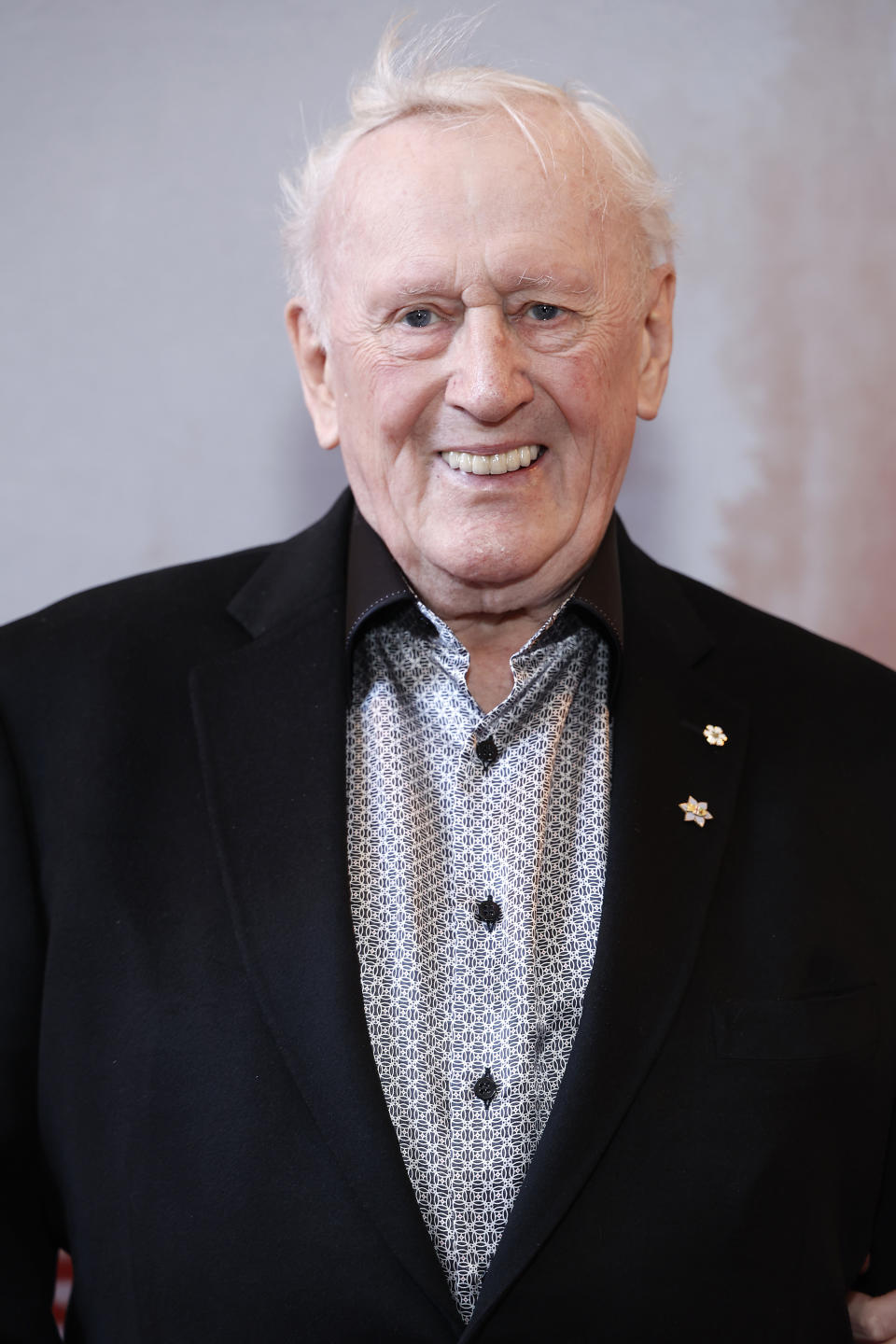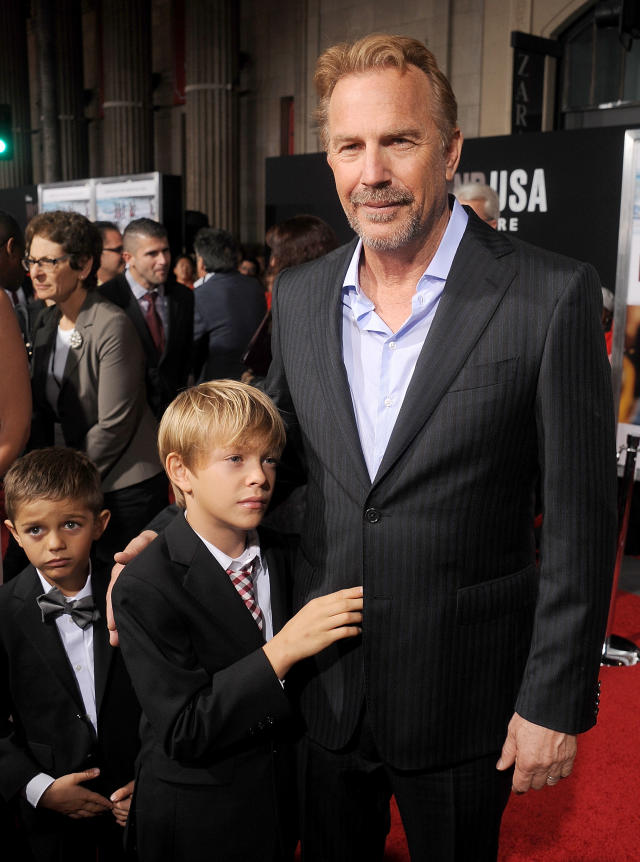Rowan Atkinson’s beloved character, Mr. Bean, has delighted audiences across generations with his peculiar humor and outrageous antics. At 69 years old, Mr. Bean has become a symbol of timeless comedy, validating what fans have long suspected: that there’s more to this character than meets the eye. In this article, we delve into the deeper meanings behind Mr. Bean’s humor, explore his origins, and examine the lasting impact he’s had on global comedy.
Mr. Bean’s brilliance stems from his ability to convey humor without words. Atkinson’s exaggerated facial expressions and innovative athleticism produce a type of comedy that crosses language barriers. Mr. Bean’s wordless communication allows audiences from other cultures to appreciate his pranks, demonstrating that laughter knows no bounds. Whether it’s a raised eyebrow or a clumsy slip, Atkinson’s amazing timing and nuance reveal the hilarious genius hidden beneath Mr. Bean’s bumbling façade.
Mr. Bean’s worldwide success is a testament to the power of universal humor. Since his debut, the character has captivated audiences around the globe, transcending cultural boundaries with his expressive storytelling and physical comedy. Mr. Bean has appeared in various media, including films, TV series, cartoons, and even live performances. His non-verbal comedy has inspired countless comedians and entertainers to explore the possibilities of silent humor, further solidifying his legacy as a global comedy icon.
Mr. Bean is more than just a funny character; he is a cultural phenomenon that crosses decades and nations. Rowan Atkinson’s portrayal of this endearing, clumsy character exemplifies the mastery of timeless, wordless humor, reminding audiences that laughter is a global language. With his enduring legacy, Mr. Bean continues to offer joy and connection to people all around the world, demonstrating that the most basic types of comedy can have the most profound influence.




